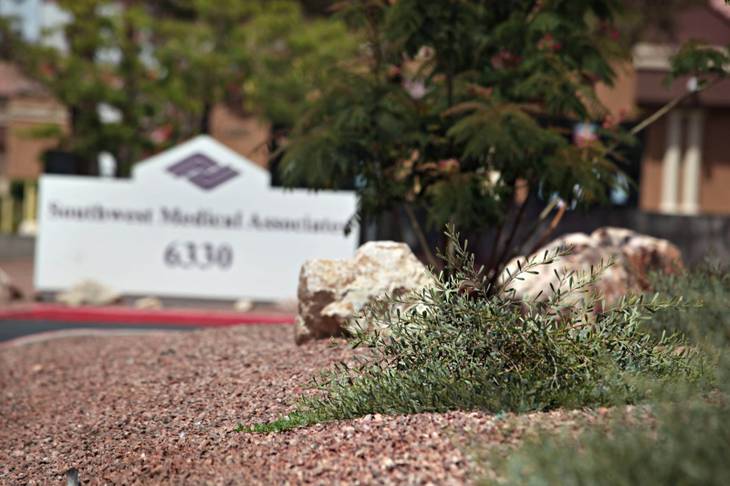Born of the hippie, flower-child culture of the 1960s, the modern environmentalist movement in business today is in many ways about dollars and cents.
The green economy has gone mainstream, whether that means traditional businesses adopting environmental principles, or environmentally friendly businesses becoming the norm. A testament to this change can be seen in some commercial banks' willingness to lend to "green" companies.
"Things that used to sound very strange to business and to the marketplace are now sounding very common," said Scott Beckerman, director of corporate sustainability for Comerica Bank, which had over $1 billion invested in environmentally beneficial loans and commitments in 2012.
"What we're seeing is that loans that years ago would not have made business sense make good sense today. There's an increased business case for doing investment and lending in environmentally beneficial companies."
The so-called green marketplace has gotten so popular Andrea Robinson has built a business around it. Her company, ARC Sustainability, consults with companies in Los Angeles and Orange County, Calif., helping them to reduce their environmental impact.
"Forty-four years ago, people didn't know what a carbon footprint was or that people even had one," Robinson said. She adds the Internet's "radical transparency" has made it difficult for companies to have a negative impact on the environment and not be held accountable in some way.
Here's a look at some interesting ways in which some business are staying green:
PEOPLE POWER: "People, planet and profit are the drivers of sustainability, but that doesn't always mean use less energy," said Anthony Brower, sustainable design director for the design firm Gensler.
More sustainable practices are taking people into account, since that's where a huge chunk of operating costs are per office, Brower said.
In Gensler's downtown Los Angeles office, where Brower works, the firm has a treadmill work station and healthy snacks in its pantry. It even tested out sleep pods for several months. The concept is built around supporting employee productivity and making it sustainable by focusing on health and wellness and preventing burnout.
LIVING LANDSCAPE: Park Place, a mixed-use development in Irvine, Calif., will save millions of gallons of water a year after replacing 4 acres of turf with drought-resistant plants, said Dan Heinfeld, president of firm LPA Inc., which handled the renovation last year.
Heinfeld said that the owner, LBA Realty, was interested in how it could sustainably update the property, which was built in the 1970s.
"You get so much bang for your buck with landscaping," Heinfeld said, since it's such a visible alteration.
His firm helped LBA Realty replace the development's turf (mowed grass) with native California grasses and trees such as sycamores and oaks, which are watered with a drip irrigation system.
"It's meant to be sort of a natural living landscape or environment, not a manufactured one," Heinfeld said.
FOOD VS. FEED: Disneyland Resort might be known for It's a Small World, but with its big attendance, it sees a whole lot of leftover food thrown away.
Last year the resort, which has two theme parks, three hotels and the Downtown Disney entertainment district, created a food scraps recycling program to divert leftovers from the landfill. Resort officials to date estimate 5 million pounds of food scraps have been salvaged.
Disneyland has set up brown bins in which busing staff can empty food scraps at about 60 food and beverage locations throughout the resort.
Those scraps are picked up by a vendor that grinds the leftovers, heat-treats and processes them into animal feed. The feed is then sent to local farmers and given to dairy cows and pigs.
